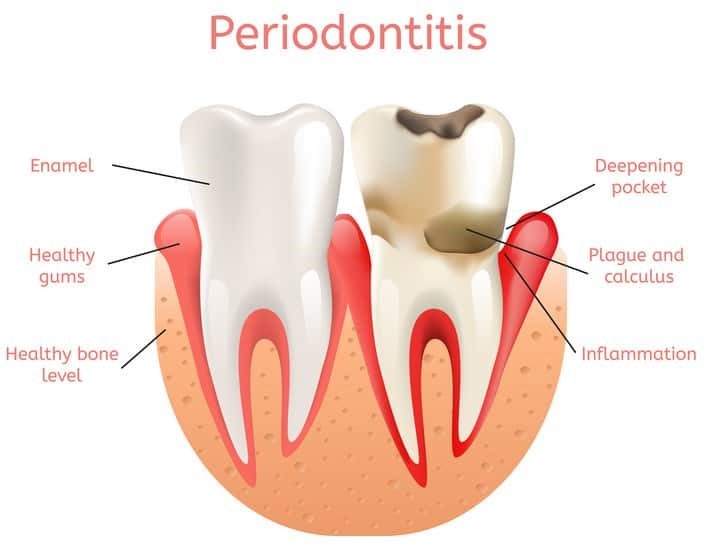A nurse is assisting with evaluating a newly licensed nurse who is draining an ileostomy bag for a client. Which of the
following actions by the newly licensed nurse indicates an understanding of the procedure?
Wears sterile gloves to drain the ileostomy bag
Washes the skin surrounding the client's ileostomy with hot water
Cleans the end of the ileostomy pouch before clamping
Empties the ileostomy bag when it is three-fourths full
The Correct Answer is C
Choice A reason: Wearing sterile gloves is not necessary when draining an ileostomy bag as this is not a sterile procedure. Clean gloves are typically used.
Choice B reason: Washing the skin surrounding the ileostomy with hot water is not recommended as it can cause
irritation. Lukewarm water should be used, and the area should be patted dry.
Choice C reason: Cleaning the end of the ileostomy pouch before clamping is important to maintain hygiene and
prevent contamination when draining the bag.
Choice D reason: The ileostomy bag should be emptied when it is one-third to one-half full to prevent leakage and ensure comfort for the client.
Nursing Test Bank
Naxlex Comprehensive Predictor Exams
Related Questions
Correct Answer is C
Explanation
Choice A reason: Aspirating fluid from the IV cannula is not recommended as it does not address the issue of infiltration or extravasation.
Choice B reason: Placing the affected extremity below the level of the client's heart could worsen the swelling and is
not recommended.
Choice C reason: Slowing the IV infusion is a correct immediate action to minimize further infiltration and should be done while further assessment and interventions are planned.
Choice D reason: Placing a pressure dressing over the IV site is not recommended as it may exacerbate the infiltration
and increase discomfort.
Correct Answer is C
Explanation
Choice A reason: Memory loss is not typically associated with vitamin C deficiency. Memory loss can be related to various conditions, including neurological disorders or vitamin B12 deficiency.
Choice B reason: Brittle hair can be a sign of vitamin C deficiency due to its role in collagen production, which affects the health of hair. However, it is not as specific or common as bleeding gums.
Choice C reason: Bleeding gums are a common symptom of vitamin C deficiency. Vitamin C is essential for the maintenance of healthy connective tissue, which includes the gums. A deficiency can lead to scurvy, which manifests as bleeding gums among other symptoms.
Choice D reason: Constipation is not directly associated with vitamin C deficiency. While a healthy diet rich in vitamin C can aid digestion, constipation can be caused by a variety of factors unrelated to vitamin C intake.

Whether you are a student looking to ace your exams or a practicing nurse seeking to enhance your expertise , our nursing education contents will empower you with the confidence and competence to make a difference in the lives of patients and become a respected leader in the healthcare field.
Visit Naxlex, invest in your future and unlock endless possibilities with our unparalleled nursing education contents today
Report Wrong Answer on the Current Question
Do you disagree with the answer? If yes, what is your expected answer? Explain.
Kindly be descriptive with the issue you are facing.
